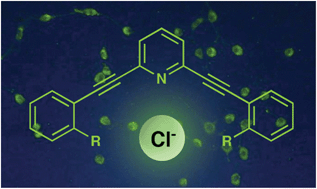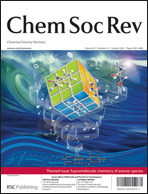This critical review will focus on the application of shape-persistent receptors for anions that derive their rigidity and optoelectronic properties from the inclusion of arylethynyl linkages. It will highlight a few of the design strategies involved in engineering selective and sensitive fluorescent probes and how arylacetylenes can offer a design pathway to some of the more desirable properties of a selective sensor. Additionally, knowledge gained in the study of these receptors in organic media often leads to improved receptor design and the production of chromogenic and fluorogenic probes capable of detecting specific substrates among the multitude of ions present in biological systems. In this ocean of potential targets exists a large number of geometrically distinct anions, which present their own problems to the design of receptors with complementary binding for each preferred coordination geometry. Our interest in targeting charged substrates, specifically how previous work on receptors for cations or neutral guests can be adapted to anions, will be addressed. Additionally, we will focus on the design and development of supramolecular arylethynyl systems, their shape-persistence and fluorogenic or chromogenic optoelectronic responses to complexation. We will also examine briefly how the “chemistry in the cuvet” translates into biological media (125 references).

You have access to this article
 Please wait while we load your content...
Something went wrong. Try again?
Please wait while we load your content...
Something went wrong. Try again?


 Please wait while we load your content...
Please wait while we load your content...